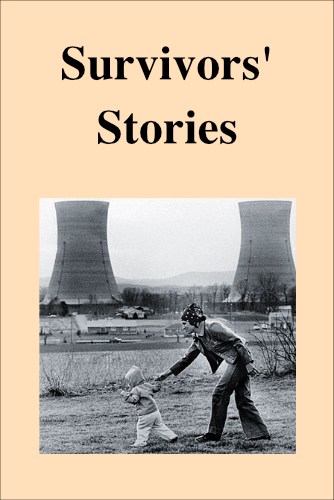Greetings,
The NRC intends to prepare an environmental impact statement (EIS) to support the rulemaking to update the Commission’s Waste Confidence Decision and Rule, and is conducting scoping to gather information necessary to prepare the EIS. Today’s Federal Register notice (77 FRN 65137) announcing the scoping period and providing additional details about upcoming public meetings and webinars can be found at the following web address: https://federalregister.gov/a/2012-26295.
Public comments on the scope of the Waste Confidence environmental review will be accepted through January 2, 2013. Comments may be submitted through the Federal government’s rulemaking website, www.regulations.gov, using Docket ID NRC-2012-0246; by mail to Cindy Bladey, Chief, Rules, Announcements, and Directives Branch (RADB), Office of Administration, Mail Stop: TWB-05-B01M, U.S. Nuclear Regulatory Commission, Washington, DC 20555-0001; or by fax to 301-492-3446. Please do not send comments to this email address.
As part of the scoping process the NRC is planning to hold two webcast public meetings on November 14, 2012, and two webinars on December 5 and 6, 2012. Meeting notices will be posted on the NRC’s public meeting website at http://www.nrc.gov/public-involve/public-meetings/index.cfmapproximately two weeks before each meeting date. The meeting notices will contain additional information, including agendas, teleconference phone line details, and information on how to access and participate in the webinars. This information will also be provided on the NRC’s Waste Confidence public website – http://www.nrc.gov/waste/spent-fuel-storage/wcd.html – which will be updated regularly with new public documents and information regarding the waste confidence EIS and rule.
We will send additional emails providing links to the meeting notices once they are issued. Any immediate questions regarding the scoping process can be directed to Sarah Lopas, NEPA Communications Project Manager – Sarah.Lopas@nrc.gov or telephone (301) 492-3425.
Sincerely,
Staff of the Nuclear Regulatory Commission
Waste Confidence Directorate
























